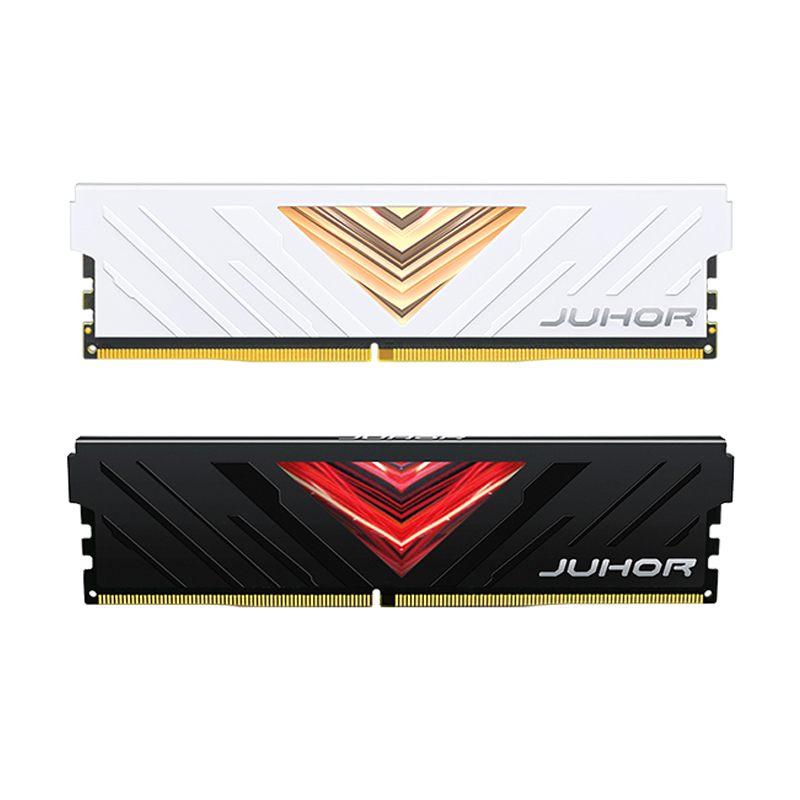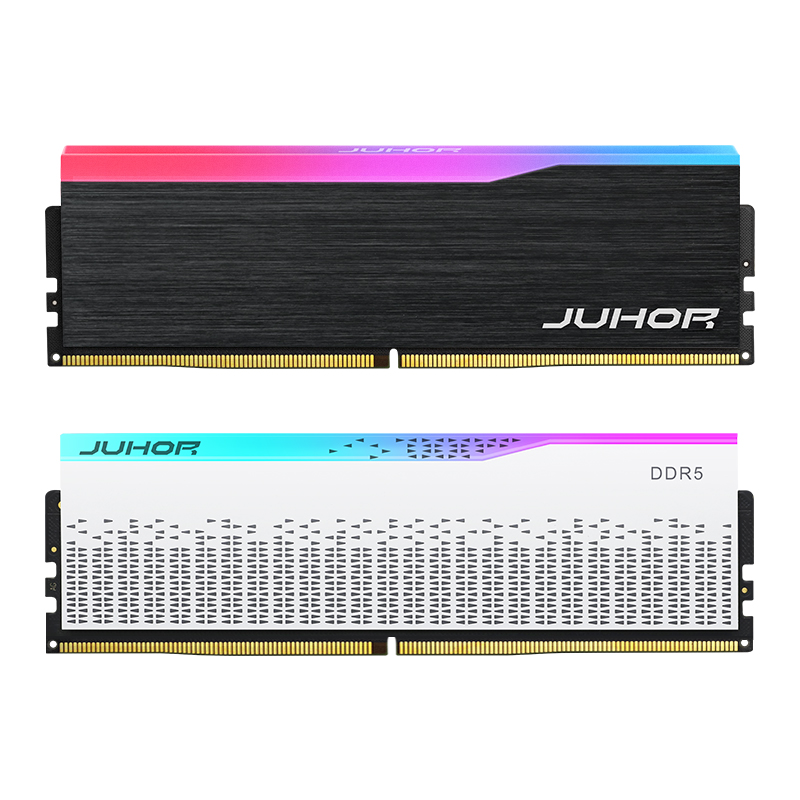As one of the core components for data storage and processing, the performance of computer memory has a direct impact on the efficiency of a system, and the introduction of DDR5 not only brings significant performance improvements, but also introduces a series of new design considerations. Understanding the differences between DDR5 and DDR4 will help you make the best choice for your needs.

DDR4 (Double Data Rate 4), introduced commercially in 2012, became a widely adopted memory standard in modern computer systems. By performing two data transfers per clock cycle, DDR4 significantly boosts data transfer rates ranging from 1600 MT/s to 3200 MT/s. It operates at 1.2V, offering improved power efficiency and stability compared to its predecessor, DDR3.
DDR5 is the fifth generation of Double Rate Synchronous Dynamic Random Access Memory (DDR5), which is designed to further increase data transfer speeds, reduce power consumption, and increase capacity. DDR5 is initially capable of speeds of up to 4800 MT/s, and is ultimately scalable up to DDR5 initial speeds are up to 4800 MT/s and eventually scalable to 8400 MT/s, with operating voltages down to 1.1V.
DDR5 starts at 4800 MT/s, a 50% increase over DDR4's maximum of 3200 MT/s, and may even reach 8400 MT/s in the future. New technologies such as Decision Feedback Equalization (DFE) are used to achieve higher IO speeds and data rates.
DDR5 DRAM and RCD voltages have been reduced from 1.2V to 1.1V to lower power consumption, while no static power is consumed at high levels by using PODL instead of SSTL signaling standard.
DDR5 DIMMs are equipped with a 12V PMIC (Power Management Integrated Circuit), which allows each DIMM to better control its own power supply, improving signal integrity and noise issues.
DDR5 Each DIMM contains two independent 40-bit wide channels, an architecture that improves memory access efficiency compared to the DDR4's single 72-bit wide channel.
DDR5 supports burst length BL16, which allows for a single read of 64 bytes of data, adapting to modern CPU cache line sizes and enhancing concurrency and memory efficiency.
DDR5 supports single chip packages up to 64Gb compared to DDR4's maximum of 16Gb. This means that DDR5 can offer larger single-strip capacities, such as 256GB.
DDR5 replaces traditional SPD ICs with SPD Hubs, adds temperature sensors, and utilizes faster I3C protocols for communication, improving initialization time and real-time control.

Due to higher speeds, DDR5 faces more stringent signal integrity requirements on the DQ and CA buses, requiring techniques such as DFE to ensure signal quality.
The addition of PMICs in DDR5 places new demands on the power path between the motherboard and DIMMs to ensure stable power supply at high speeds.
High-frequency signals may cause electromagnetic interference, so it is necessary to strengthen the shielding design, especially in the PCB layout needs to pay special attention to system compatibility.
DDR5 has achieved significant breakthroughs in performance, power efficiency, and capacity, and despite some design challenges, these can be effectively addressed through technological innovation. For users seeking the ultimate in performance and future expansion potential, DDR5 is undoubtedly the best choice. For those with limited budgets or those who are satisfied with their existing platforms, they can choose to continue using cost-effective DDR4 memory. In either case, Shenzhen Juhor Precision Technology Co., Ltd. offers a wide range of memory products for you to choose from.